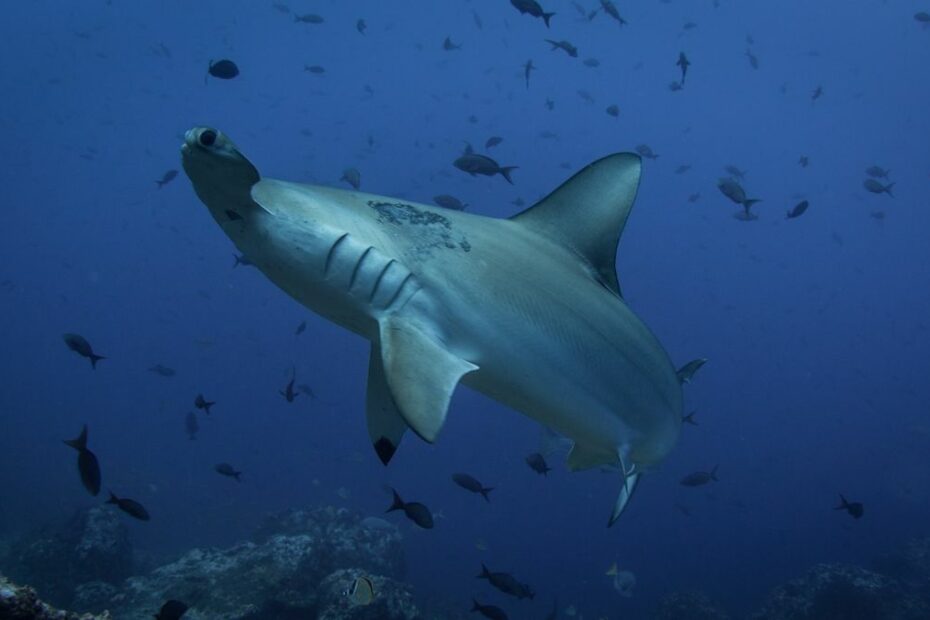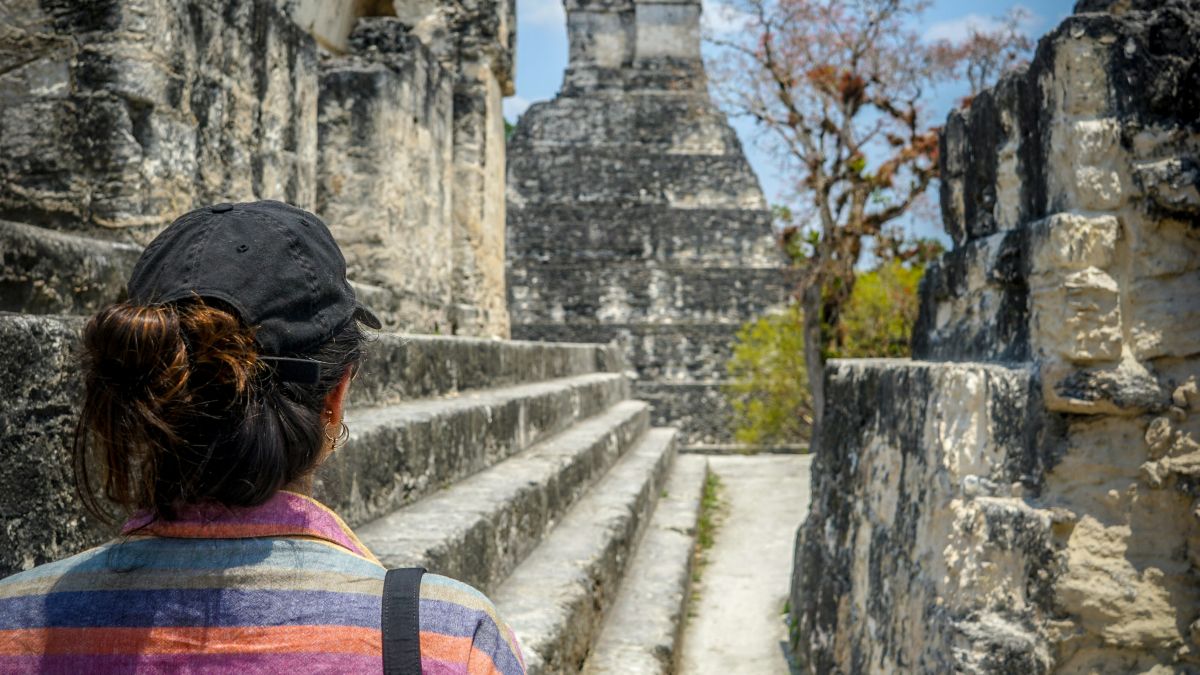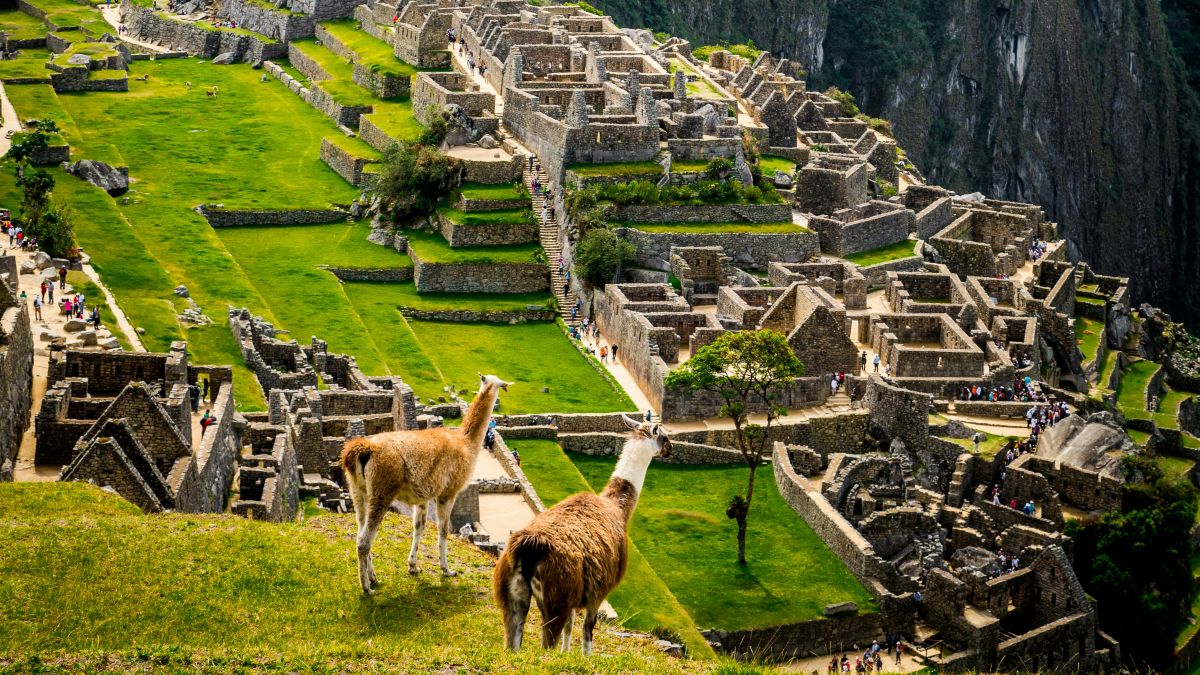Discover the best scuba diving in Costa Rica with our guide to the Pacific coast. Learn about top dive sites, diverse marine life, and why Costa Rica is a diver’s paradise.
When people dream of scuba diving in tropical places, they picture clear, turquoise water, excellent visibility, and vibrant coral reefs teeming with colorful fish. This is what many diving destinations offer, including the Caribbean, Asia, Hawaii, Australia, and other locations, including places in Central America. But not so much Costa Rica.
Unlike the clear waters and coral reefs found elsewhere, though, Costa Rica’s underwater environment is characterized by cooler temperatures, occasional choppy seas, and cold upwellings. These conditions create a diverse ecosystem that supports an impressive variety of marine life. Divers can expect to encounter species ranging from giant Pacific mantas to schools of hammerhead sharks. While visibility may be moderate compared to some locations, the abundance and diversity of marine life more than compensate for this.
Costa Rica’s Pacific diving sites attract enthusiasts looking for something different from the standard tropical dive. The unique environmental factors contribute to an ecosystem that provides exciting and varied diving experiences year-round.
World Class Pacific Diving in Costa Rica
“Costa Rica offers a great mix of diving with awe-inspiring reef topography, big pelagic visitors including sharks and rays, as well as an amazing macro life of nudibranchs, reef fish, and more. Plus, we have an eight-month whale season, unlike anywhere else in the world,” says Georgia King from Oceans Unlimited in Quepos on the Central Pacific coast.
“The Pacific coast offers the best diving with year-round great places to go. There are some good spots in the north and where we are on the Central Pacific coast, as well as Caño Island which is home to lots of beautiful rays and sharks.”
The best way to compare diving in the Pacific and Caribbean is to liken it to visiting a tropical rainforest versus a temperate forest in the States. It’s all about density versus diversity.
View this post on Instagram
Density Verses Diversity
In the Pennsylvania woods, you’re likely to spot whitetail deer, grey squirrels, and chipmunks. Maybe a raccoon. There may be many of them, but not much else.
But, taking a walk in, say, the Carara National Park in Costa Rica, you may encounter agoutis, coatis, peccaries, jaguarundis, possums, bats, ocelots, tapirs, mice, sloths, brocket deer, howler monkeys, spider monkeys, capuchin monkeys, margays, pacas, tamanduas, armadillos, and more. However, you’re more likely to spot only one or two individuals of each species.
The Pacific Ocean is the tropical rainforest of the marine world, home to some 75% of all species of saltwater fish. It’s the largest and oldest ocean in the world, covering 51% of our planet. That’s a vast playground for all our finned, shelled, and tentacled friends.
Descend 60 feet and you may marvel at a giant Pacific manta, a huge school of spotted eagle rays, nurse sharks, white tip reef sharks, bull sharks, sea turtles, massive schools of jacks, regal queen angelfish, lurking moray eels, secretive octopi, and dancing schools of squid. And that’s all within your first 30 minutes. Continuing to the lava formations, you’ll be transfixed by delicate seahorses, tiny blennies popping in and out of their holes, and lace-like fiddler crabs making their way across purple starfish.
Encountering this wide array of species is common when diving off Costa Rica’s Pacific coast. But where to dive? Where, on the Pacific, are the best diving spots in Costa Rica? Read on below:
Top Pacific Spots for the Best Scuba Diving in Costa Rica
Isla del Caño
Isla del Caño (Caño Island) is a 45-minute boat trip from Drake Bay on the Osa Peninsula in Costa Rica’s southern zone. Weather can affect visibility here, with a range of 20 to 90 feet.
I love Bajo del Diablo with its vast rock formations creating peaks and valleys and winding channels. Most diving is at 55-90 feet, but experienced divers can reach depths of 150 feet. This site is great for observing big fish like black tip reef sharks, Pacific mantas, ocean groupers, and hammerhead sharks.
Coral Gardens is a good site for less experienced divers or those wanting a great night dive. Depths range from 15 to 40 feet with easy conditions and a nice array of colorful tropical fish, nurse sharks, and turtles.
El Barco Hundido (sunken boat) is a cool site running between 40 -75 ft. deep. It was once the site of a sunken ship (long since gone), and now features deep rock formations frequented by enormous schools of grunts and jacks, giant groupers, scorpionfish, octopus, manta rays, and sea turtles.
The southern Pacific zone around Isla del Caño is best experienced around August/September for a great chance to see the humpback whales that mate in these waters.
View this post on Instagram
The Catalina Islands
Located 30 minutes offshore from Playa Flamingo/Potrero in Guanacaste are the beautiful Catalina Islands, home to some 16 different dive sites. Like Caño, visibility can range between 20-90 feet with 50-60 feet being the norm on a good day.
“Las Catalinas has everything from seahorses to humpback whales,” says Phil O’Shea from Scuba Dive Costa Rica in Playa Potrero.
“The specialty of this area for divers are the Pacific giant manta rays which are seasonal from December to April. In general, at this time of year, there are so many ray species to be seen in great numbers. Also, we see white tip reef sharks all year round plus giant schools of Latin grunts, big-eyed jacks, moray eels, and several species of puffer fish to name just a few.”
All the sites here are good, and the dive masters will lead divers to the sites with the best conditions for the day.
View this post on Instagram
Isla Murcielago (Bat Island)
Ready for the “Big Scare”? That’s what local divers call Isla Murcielago. The island sits about an hour away from Ocotal in northern Guanacaste.
This site is only for very experienced divers. The average visibility is 30-100 feet, water temperatures hover around 80 degrees, and lots of big fish visit Bat Island. Divers can view bull sharks, tiger sharks, Pacific mantas, sailfish, marlins, and giant schools of jacks, ladyfish, snapper, and spadefish.
Murcielago is the oldest geological site in Costa Rica and the windiest, too. The ride out can be choppy, and getting out of the water back onto the boat can be a thrill ride. The island guarantees an experience you’ll never forget.
View this post on Instagram
Isla del Coco
Far away and remote, Isla del Coco is about 36 hours by boat from the port of Puntarenas. It’s one of those once-in-a-lifetime destinations that no avid diver should miss.
Indeed, the world’s most famous diver, Jacques Cousteau, once called Isla de Coco the most beautiful and exciting island in the world. Sharks, rays, tuna, dolphins, and a huge diversity of pelagic species all inhabit these waters.
Divers need to plan a “stay-on-board” trip as there are no accommodations on Isla del Coco. It’s a true desert island with nothing but a small ranger station, rainforest, and – if the myths are true, a stash somewhere on it of hidden pirate treasure.
But for us, the true treasure here is the diving. Every dive at Coco is a drift dive and a shark dive. Currents carry divers through the clear water and sharks abound at every location. The water is so clear, tropical fish like angels, parrot fish, and squirrelfish shimmer. If swirling schools of hammerhead sharks are your thing, put Coco on your calendar and get there.
Learning to Dive in Costa Rica
Costa Rica’s Pacific coast is also great for learning to dive. It’s not only for established divers and experts. Indeed, operators exist up and down the coast, all offering PADI certifications.
Phil O’Shea is the owner of Scuba Dive Costa Rica in Playa Potrero, Guanacaste. He’s a PADI Course Director qualified to teach all levels and courses from beginners through to instructors and technical courses.
“Costa Rica’s diving environment, especially here in Potrero and Flamingo, is great for entry levels such as Discover Scuba Diving and Open Water courses because of the easy and great diving conditions. The diving here is good for all levels of divers, so experienced divers can also enjoy this environment. The diversity and volume of marine life here are amazing with something special for everyone at all times of the year,” he says.
“Our dive boat can get out to all dive sites in 15 to 20 minutes. Here we have the right depth and conditions for all levels of divers, so when it comes to learning to dive, we have the perfect environment.”
A Diving Adventure Like No Other
Adam Baker, an English expat living in San Jose, got his PADI certification in Ocotal, Guanacaste, in 2009. He says the Pacific Ocean hooked him straight away on his very first dive during his PADI course.
“I remember seeing my first white tip reef shark, and at 6ft long, they can be intimidating, even if harmless. We also saw octopi, Olive Ridley turtles, eels, rays, along with a whole number of schools I couldn’t identify. I knew this was an experience I had to repeat.”
Scuba diving in Costa Rica promises an adventure like no other, with its Pacific coast serving as a marine rainforest, teeming with an astonishing array of species. Whether you’re a seasoned diver or a beginner, Costa Rica’s Pacific coast is a must-visit destination for some of the best scuba diving experiences in the world.




